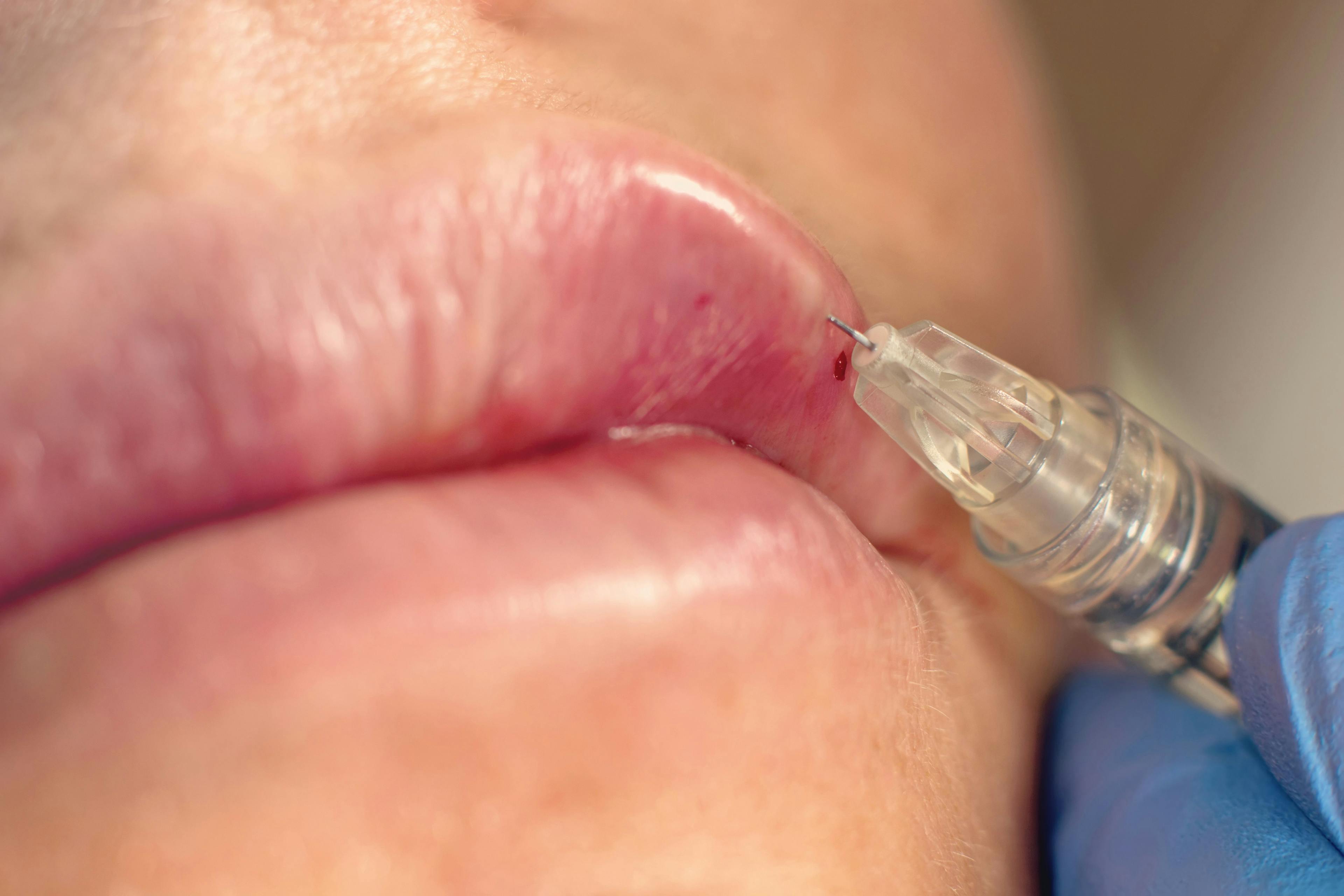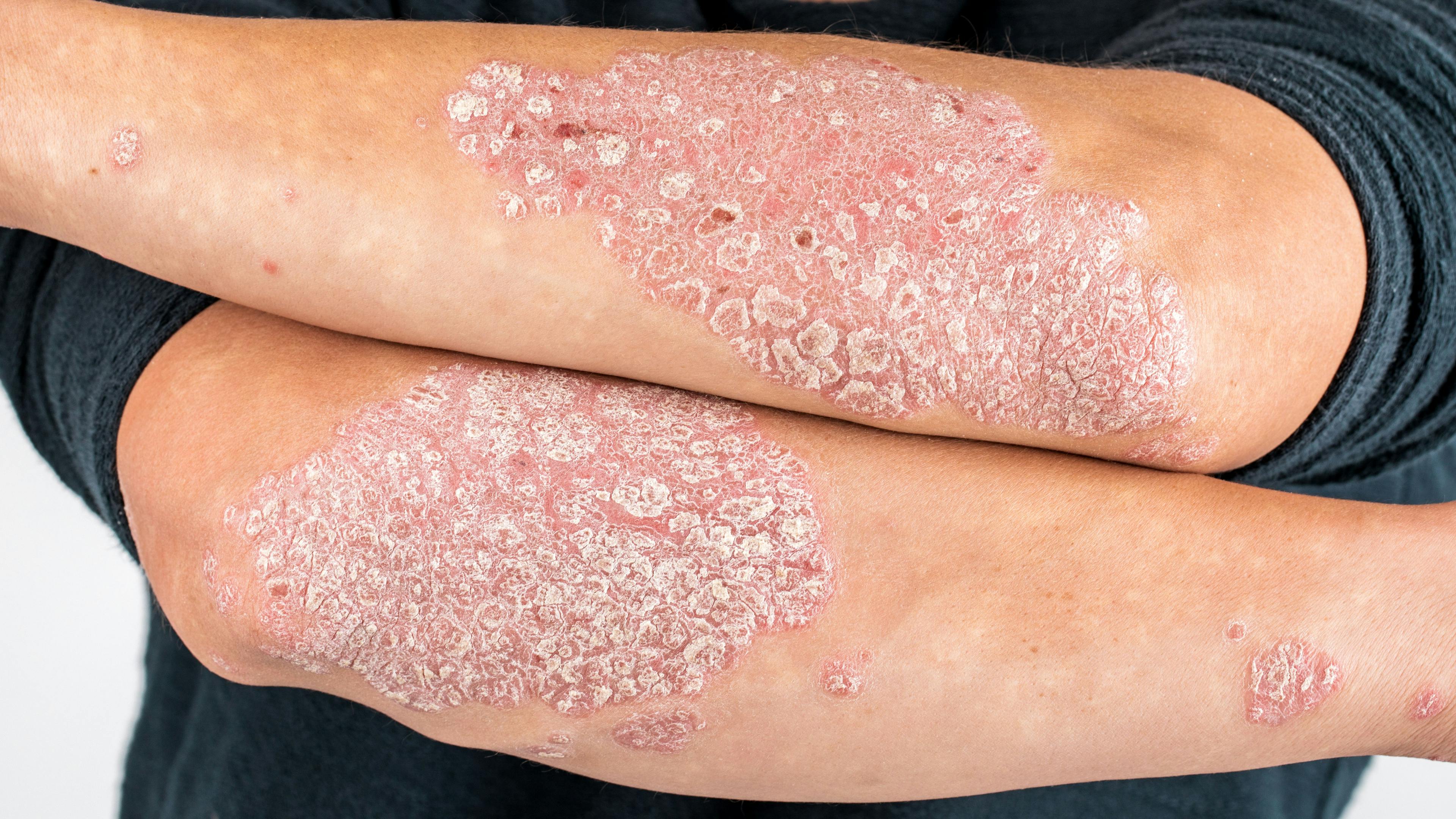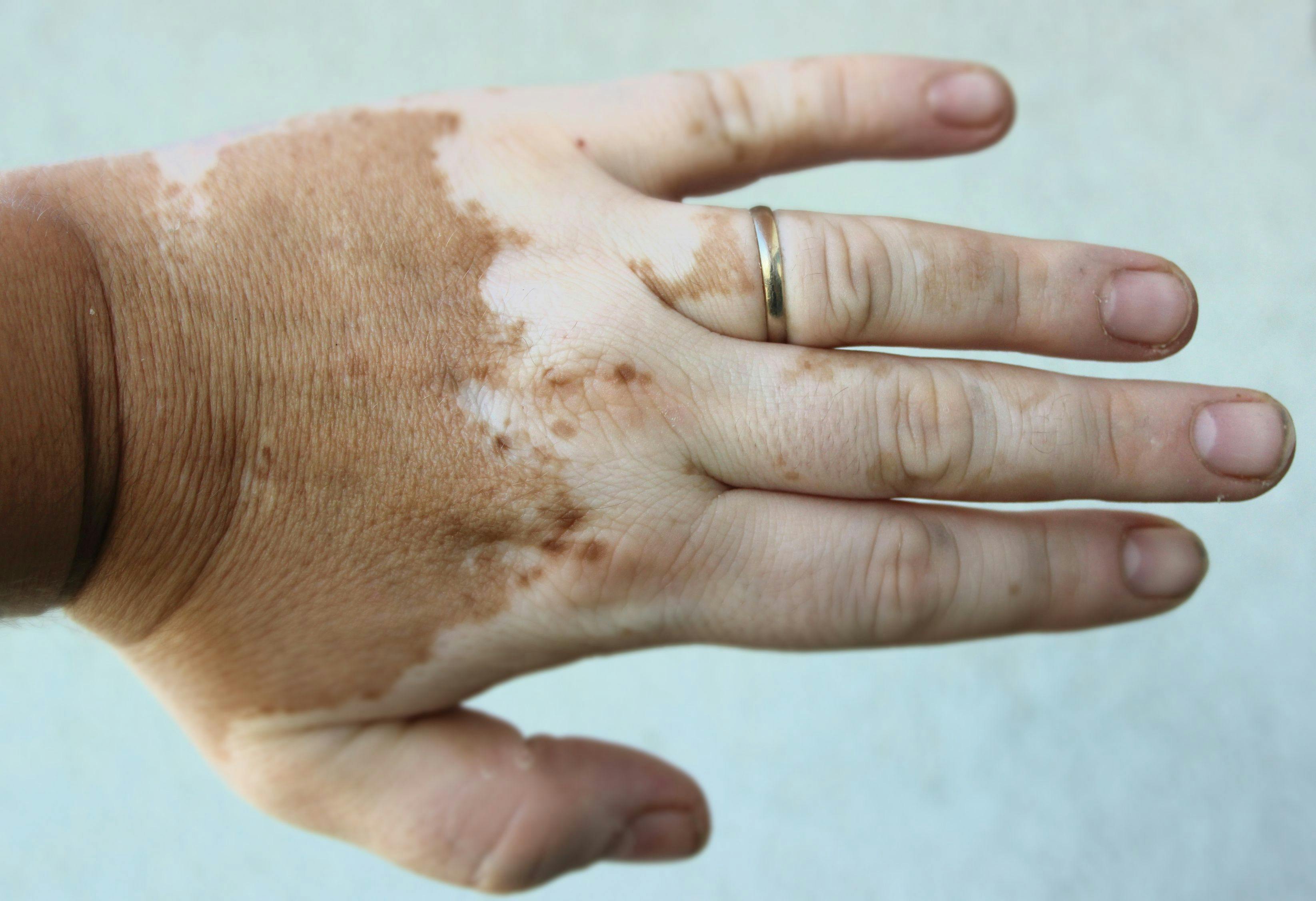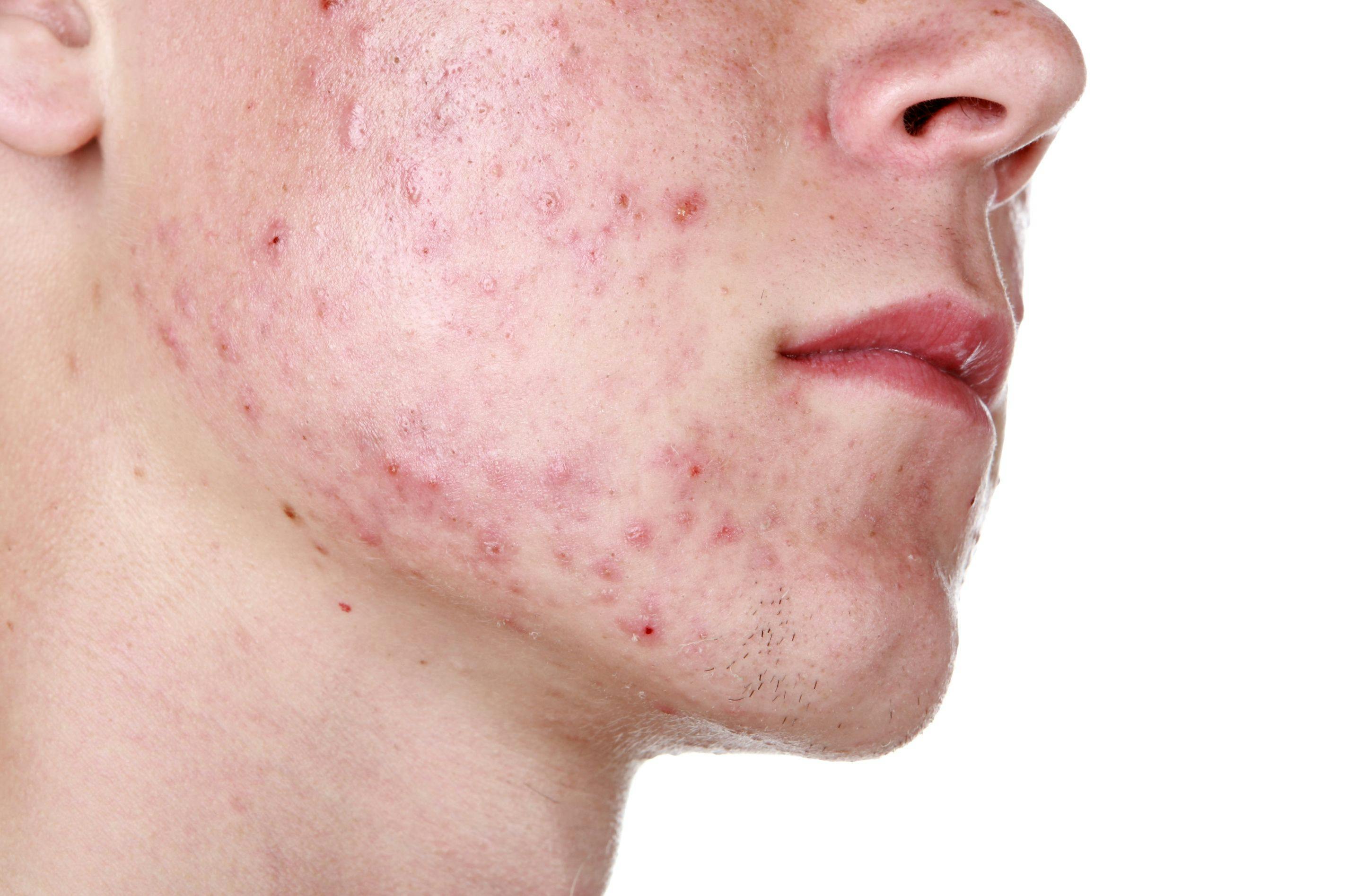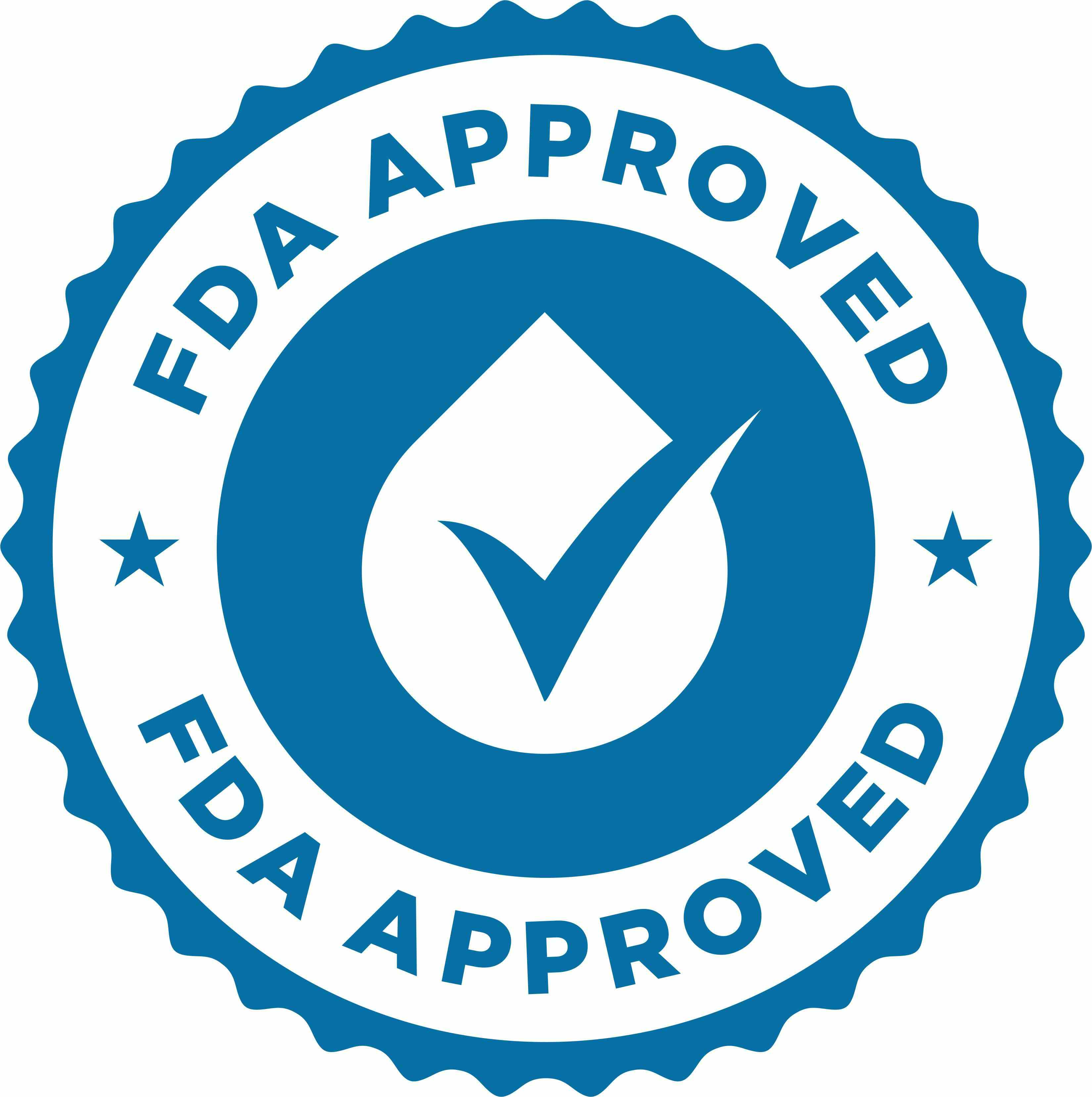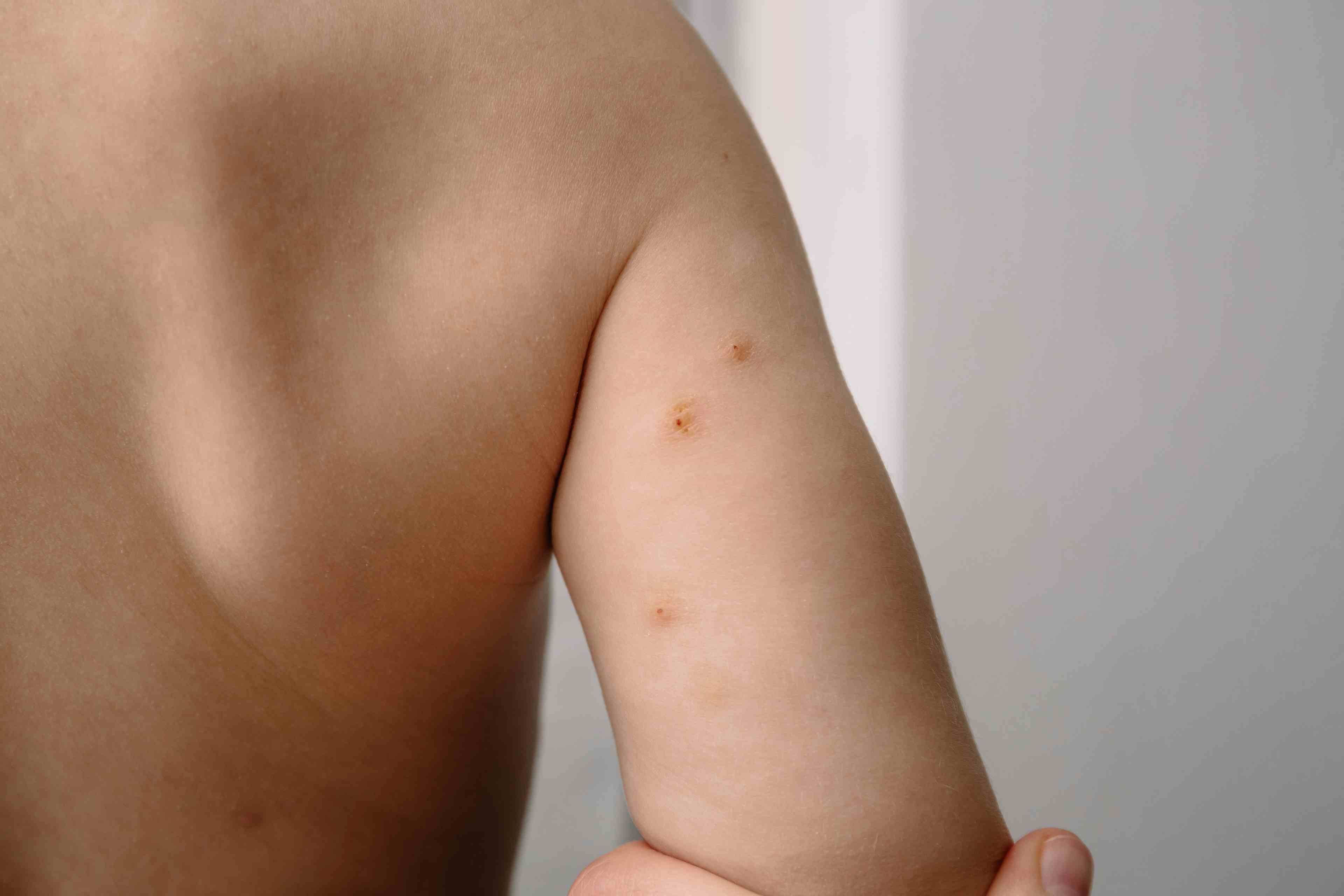- Acne
- Actinic Keratosis
- Aesthetics
- Alopecia
- Atopic Dermatitis
- Buy-and-Bill
- COVID-19
- Case-Based Roundtable
- Chronic Hand Eczema
- Chronic Spontaneous Urticaria
- Drug Watch
- Eczema
- General Dermatology
- Hidradenitis Suppurativa
- Melasma
- NP and PA
- Pediatric Dermatology
- Pigmentary Disorders
- Practice Management
- Precision Medicine and Biologics
- Prurigo Nodularis
- Psoriasis
- Psoriatic Arthritis
- Rare Disease
- Rosacea
- Skin Cancer
- Vitiligo
- Wound Care
Publication
Article
Dermatology Times
Dermatology Drug Pipeline 2023
Author(s):
Breakthroughs and approvals we can expect in the coming year.
The skin is the body’s largest organ, and dermatologists must be able to treat a variety of pathologies, including infectious, neoplastic, autoimmune, inflammatory, genetic, and traumatic. They must also know how to apply the many therapies developed to treat these different conditions, among them monoclonal antibodies, JAK inhibitors, DMARDs, steroids, antibiotics, and chemotherapeutic agents whose administration may be topical, oral, intravenous, intralesional, subcutaneous, or intramuscular. As a result, dermatology has always been one of the most robust markets for pharmaceuticals, one that is expected to reach $64 billion by 2027, which represents a compound annual growth rate of 12.9%.1 Such growth is driven not only by an increased incidence of common dermatoses such as acne, atopic dermatitis, and psoriasis, but also by patient demand for medications to treat common diseases for which there are no approved therapies and rare ones like epidermolysis bullosa.
Although there are more than 10 biologic agents available for use against psoriasis, more are in development given the common nature of the disease and the need for more effective therapies to address psoriasis and psoriatic arthritis. Adalimumab (Humira; AbbVie), the best-selling drug of 2020 with over $20 billion in sales, was approved by the FDA for multiple dermatologic conditions, including psoriasis, psoriatic arthritis, and hidradenitis suppurativa. Traditionally considered one of the best medications for inhibiting joint destruction, its efficacy in the skin is modest due to the fact that only 71% of patients achieve PASI 75 at week 16.2 By contrast, risankizumab (Skyrizi; Boehringer Ingelheim & AbbVie) is a new biologic for the condition whose use led to a PASI of 90 in 73% of patients.3 This highlights the continued need for newer, more effective therapies and particularly for those with lower rates of adverse events (AEs). This article will review some of the key dermatology drugs that may be approved in the coming year.
One of the most anticipated approvals is for ritlecitinib (Pfizer), a dual inhibitor of the TEC group of tyrosine kinases and Janus kinase 3 (JAK3) for the treatment of alopecia areata (AA). This autoimmune disease causes patchy hair loss on the scalp and can progress to hair loss in the entire body. It is important to treat AA because it is associated with poor health-related quality of life and can lead to psychological morbidities like anxiety and depression.4 Until the recent approval of baricitinib, a JAK 1 inhibitor, there were no FDA-approved therapies for the disorder and clinicians relied on minimally effective approaches with intralesional or topical corticosteroids.
Ritlecitinib was studied in the phase 2a ALLEGRO trial, a randomized, double-blind, multicenter study of patients with moderate to severe alopecia areata (≥50% scalp hair loss), including patients with totalis (complete hair loss on scalp) and universalis (complete hair loss over entire body). Ritlecitinib had an effect as early as 6 weeks, and after 24 months, at least 50% of patients who received it achieved a SALT-30 score and 25% a SALT-90 score.5 Sixty-seven percent of patients reported at least 1 AE. The most common AEs were headache (5/48 [10%]), nasopharyngitis (5/48 [10%]), and upper respiratory tract infection (4/48 [8%]).6
In 2021, the FDA issued a warning about increased risk of health-related events like myocardial infarction, cerebral vascular accident, cancer, and death associated with JAK inhibitors like baricitinib.7 Preliminary data has shown that ritlecitinib may not have these side effects and, in particular, has now shown changes in lipid labs.8 “It is clear that alopecia areata treatment remains a need for many dermatology patients,” said Christopher G. Bunick, MD/PhD, associate professor of dermatology at Yale School of Medicine. “Baricitinib was a major advance in care for AA patients; however, more therapeutic options are needed to help patients overcome this complex disease. Ritlecitinib differs from the current JAK inhibitor approved for AA because its mechanism of action is two-part: TEC kinase and JAK3 inhibition.”
Another candidate drug expected to be approved in 2023 is beremagene geperpavec (B-VEC) for the treatment of recessive dystrophic epidermolysis bullosa (RDEB). This chronic genodermatosis causes blistering, ulcerations, and scarring due to a mutation in COL7A1, which encodes collagen IIV (the anchoring fibril component of the basement membrane zone). B-VEC is a topical agent that can be repeatedly applied without serious AEs. Randomized, placebo-controlled, phase 1 and 2 clinical trials using B-VEC topically met important end points, including primary and secondary objectives of C7 expression, anchoring fibril assembly, wound surface area reduction, duration of wound closure, and time to wound closure following B-VEC therapy.9 No deaths or serious AEs were reported in the studies. Novel drug technology such as this has the potential to improve the treatment of rare dermatologic diseases.
It was expected that bimekizumab (Bimzelx, UCB), a pipeline biologic medication for psoriasis, would be approved in 2022, but it was delayed by the FDA. It is an interleukin (IL)-17 blocker that selectively blocks IL-17A and IL-17F. It was studied versus secukinumab, and at week 16, 61.7% of patients in the bimekizumab group and 48.9% in the secukinumab group achieved PASI 100. Thus, bimekizumab was shown to be superior to secukinumab, which is already one of the most effective medications for psoriasis.10 Furthermore, in a phase 2b study, bimekizumab achieved significant improvements, with an acceptable safety profile, in the ACR50 score compared with placebo. Although additional long-term studies are needed, bimekizumab appears to be one of the most efficacious biologics for psoriasis and psoriatic arthritis. “Bimekizumab has shown excellent clinical results in psoriasis and psoriatic arthritis, the clinical space where it is likely to be approved and excel in patient outcomes, including PASI-100 responses, and it may also provide substantial benefit to patients with hidradenitis suppurativa”, Bunick said.
The coming year will prove to be an exciting one for dermatologic therapy and pharmacology. Given the more than 3000 diseases of the skin, hair, and nails that dermatologists have to treat, new and improved medications are always welcome and highly anticipated in this ever-evolving specialty.11
References
1. Dermatology Drugs Market Size, Share | Global Report, 2020-2027. Fortune Business Insights. December 2020. Accessed November 12, 2022. https://www.fortunebusinessinsights.com/dermatology-drugs-market-104432
2. Kerdel FA, Strober BE. Tumor necrosis factor inhibitors in psoriasis: an update. Semin Cutan Med Surg. 2014;33(2 suppl 2):S31-36. doi:10.12788/j.sder.0066
3. Blauvelt A, Leonardi CL, Gooderham M, et al. Efficacy and safety of continuous risankizumab therapy vs treatment withdrawal in patients with moderate to severe plaque psoriasis: a phase 3 randomized clinical trial. JAMA Dermatol. 2020;156(6):649-658. doi:10.1001/jamadermatol.2020.0723
4. Villasante Fricke AC, Miteva M. Epidemiology and burden of alopecia areata: a systematic review. Clin Cosmet Investig Dermatol. 2015;8:397-403. doi:10.2147/CCID.S53985
5. Ramírez-Marín HA, Tosti A. Evaluating the Therapeutic potential of ritlecitinib for the treatment of alopecia areata. Drug Des Devel Ther. 2022;16:363-374. doi:10.2147/DDDT.S334727
6. King B, Guttman-Yassky E, Peeva E, et al. A phase 2a randomized, placebo-controlled study to evaluate the efficacy and safety of the oral Janus kinase inhibitors ritlecitinib and brepocitinib in alopecia areata: 24-week results. J Am Acad Dermatol. 2021;85(2):379-387. doi:10.1016/j.jaad.2021.03.050
7. FDA requires warnings about increased risk of serious heart-related events, cancer, blood clots, and death for JAK inhibitors that treat certain chronic inflammatory conditions. FDA. December 7, 2021. Accessed November 13, 2022. https://www.fda.gov/drugs/drug-safety-and-availability/fda-requires-warnings-about-increased-risk-serious-heart-related-events-cancer-blood-clots-and-death
8. Andreotti AH, Schwartzberg PL, Joseph RE, Berg LJ. T-cell signaling regulated by the Tec family kinase, Itk. Cold Spring Harb Perspect Biol. 2010;2(7):a002287. doi:10.1101/cshperspect.a002287
9. Gurevich I, Agarwal P, Zhang P, et al. In vivo topical gene therapy for recessive dystrophic epidermolysis bullosa: a phase 1 and 2 trial. Nat Med. 2022;28(4):780-788. doi:10.1038/s41591-022-01737-y
10. Reich K, Warren RB, Lebwohl M, et al. Bimekizumab versus secukinumab in plaque psoriasis. N Engl J Med. 2021;385(2):142-152. doi:10.1056/NEJMoa2102383
11. What is a dermatologist? American Academy of Dermatology Association. Accessed November 14, 2022. https://www.aad.org/public/fad/what-is-a-derm
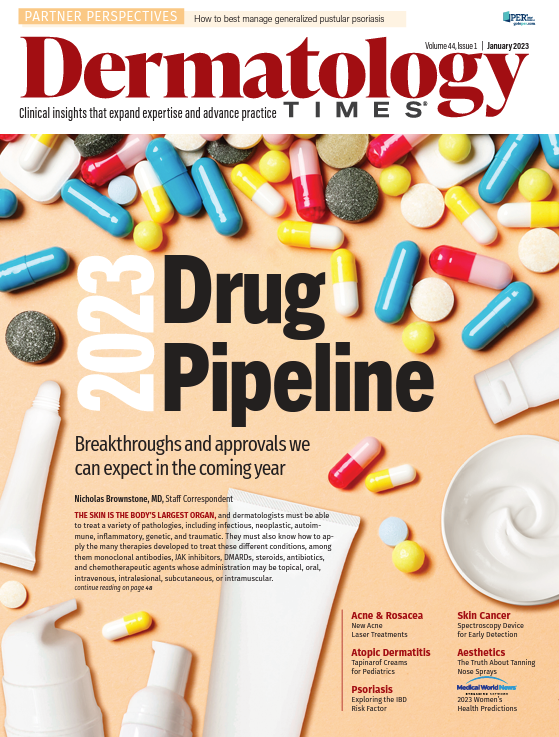
Newsletter
Like what you’re reading? Subscribe to Dermatology Times for weekly updates on therapies, innovations, and real-world practice tips.










